Visit to Dambulla Caves: A Memorable Experience
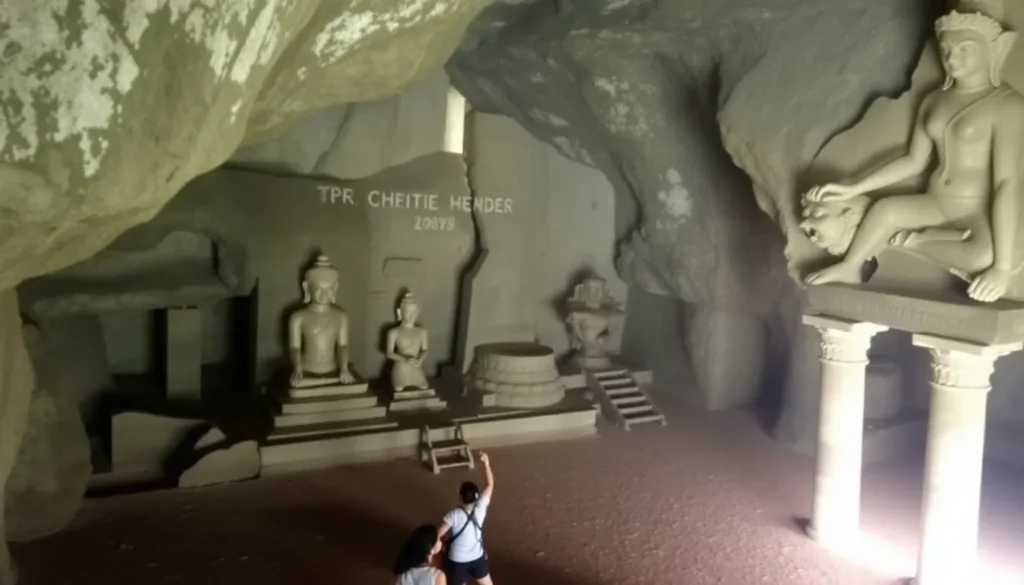
As you embark on a journey through the Cultural Triangle of Sri Lanka, prepare to be captivated by a hidden gem steeped in history and spirituality. The Caves of Dambulla, also known as the Rock Temple or Golden Temple, offer a unique sanctuary that promises to be a highlight of your travels. With five stunning caves nestled in a striking rock formation, these sacred spaces are a testament to centuries of devotion and artistry. Join us as we explore the wonders of Dambulla and uncover its rich tapestry of cultural significance.
Exploring the Caves of Dambulla: Essential Insights
The Caves of Dambulla boast a history that stretches back over 2,000 years, making them one of the most revered pilgrimage sites for Buddhists in Sri Lanka. In recognition of their immense cultural, historical, and religious value, the UNESCO designated them as a World Heritage Site in 1991, highlighting their importance on a global scale.
This remarkable complex consists of five caves, each adorned with stunning statues, paintings, and murals that vividly depict the life of Buddha and various scenes from Buddhist lore. It is estimated that there are around 150 statues of Buddha within the caves, including a magnificent 14-meter reclining Buddha that commands attention.
The interiors are not just filled with statues; they are also embellished with intricate murals that span different historical periods, dating from the 1st century BC to the 18th century AD. These masterpieces narrate the evolution of Buddhist art and offer visitors a glimpse into the spiritual journey of this ancient faith.
A Dual Experience: Our Visits to the Caves of Dambulla
We had the privilege of visiting the Caves of Dambulla on two separate occasions, each experience uniquely distinct. During our first visit, we were overwhelmed—perhaps too enamored by the grandeur of the Ellora Caves in India—and found Dambulla to be somewhat underwhelming amidst throngs of tourists snapping pictures at every turn. However, during our second visit, with a newfound appreciation for the subtleties of cultural heritage, we were truly mesmerized by the beauty surrounding us.
Another notable difference was the entrance; now, there are two access points. We highly recommend starting from the back entrance (where the ticket booth is located) and exiting through the front (which leads to the museum). This route, though still steep, is more manageable and offers a more rewarding ascent.
The climb toward the caves is an adventure in itself, with the trails winding through lush greenery. After hydrating with three liters of water and taking several breaks, we finally reached the caves. Once inside, we were greeted by reclining Buddhas, intricate frescoes, and the serene prayers of pilgrims, all creating an atmosphere of tranquility.
Highlights: What to See in the Caves of Dambulla
As previously mentioned, the Caves of Dambulla comprise five distinct caves, each rich in history and artistry. Here’s a quick overview of what each cave offers:
- Devaraja Lena (Cave 1): The oldest cave, featuring an enormous reclining Buddha carved directly into the rock.
- Maharaja Lena (Cave 2): The largest and most stunning cave, adorned with numerous images of Buddha and a central stupa surrounded by various statues.
- Maha Alut Vihara (Cave 3): Known for its ceilings painted with intricate representations of Buddha.
- Paccima Viharaya (Cave 4): Rich in murals and showcasing statues of Hindu deities Vishnu and Saman.
- Devana Alut Viharaya (Cave 5): The smallest cave, featuring various statues made of brick and plaster, once again depicting Buddha.
Be sure to bring along a Revolut card (with a €10 promo), a fantastic option for avoiding foreign transaction fees.
Among the caves, our favorite was undoubtedly the second cave, not only due to its grandeur but also because of the intricate details that adorned its walls. At its center, a vessel collects water that drips from the rocks, used by monks in their ceremonial practices.
Not to forget, this is where we celebrated Lety's birthday—turning 19+10 in such a stunning setting!
There isn’t much else to do in Dambulla, and during our first visit, we used the town as a base to explore the ancient cities of Sigiriya and Polonnaruwa. On our second trip, we focused solely on revisiting the caves.
Practical Tips for Visiting the Caves of Dambulla
Here are some valuable tips to help you make the most of your visit:
- Entry fee: Approximately 2,000 LKR, which is around €6.
- Opt for the rear entrance for a more manageable ascent, about 15 minutes of climbing. You can find parking and ticketing at “Dambulla Cave Temple” via Google Maps.
- The caves are located close to each other, so visiting all five should take no more than 45 minutes to an hour, depending on your pace.
- Be cautious of the local monkeys. While they are generally harmless, avoid feeding or interacting with them.
- Don't forget to keep your ticket handy, as it will be checked upon entry.
- Dress appropriately: shoulders and knees should be covered. If you forget, pareos are available for rent. You'll also need to remove your shoes, which can be stored in a designated area (tips for staff are appreciated).
- Bring plenty of water, as the climb and heat can be taxing; we only spotted vendors on our way down.
With these tips and insights in mind, we hope you enjoy your visit to the Caves of Dambulla as much as we did during our return trip (proving that second visits can indeed be the charm).
Be sure to follow our journey through Sri Lanka on our Instagram stories for daily updates!
Before you embark on your adventure, here are some tips to save money during your trip:
| Save on your trip |
| Find cheap flights to Sri Lanka here |
| Discover accommodations at the best prices here |
| Book activities and tours in Sri Lanka here |
| Get a 5% discount on your IATI travel insurance here |
| Reserve airport transfers here |
| Learn how to withdraw money without fees here |
| Get a 5% discount on your Holafly eSIM here |
| Find the best books and travel guides here |
| Explore all our articles on Sri Lanka |
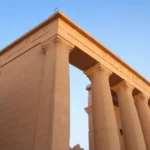
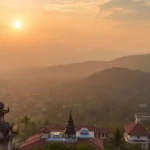


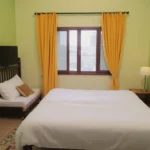
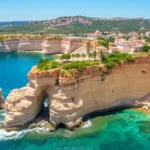
Deja una respuesta